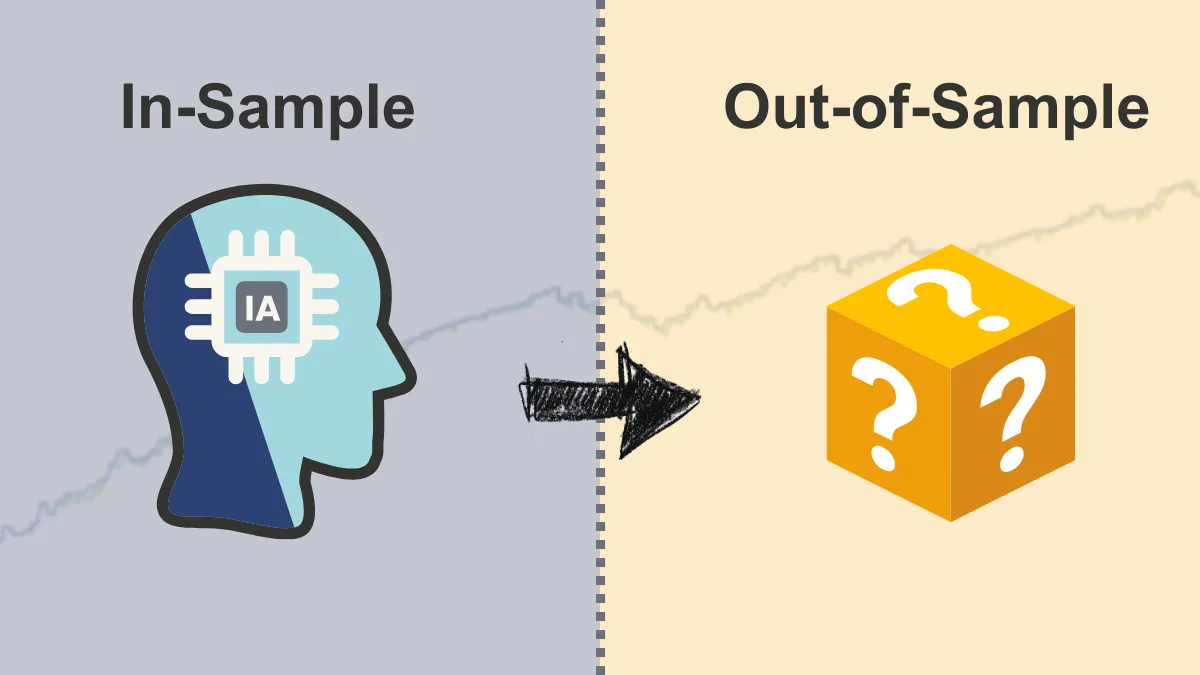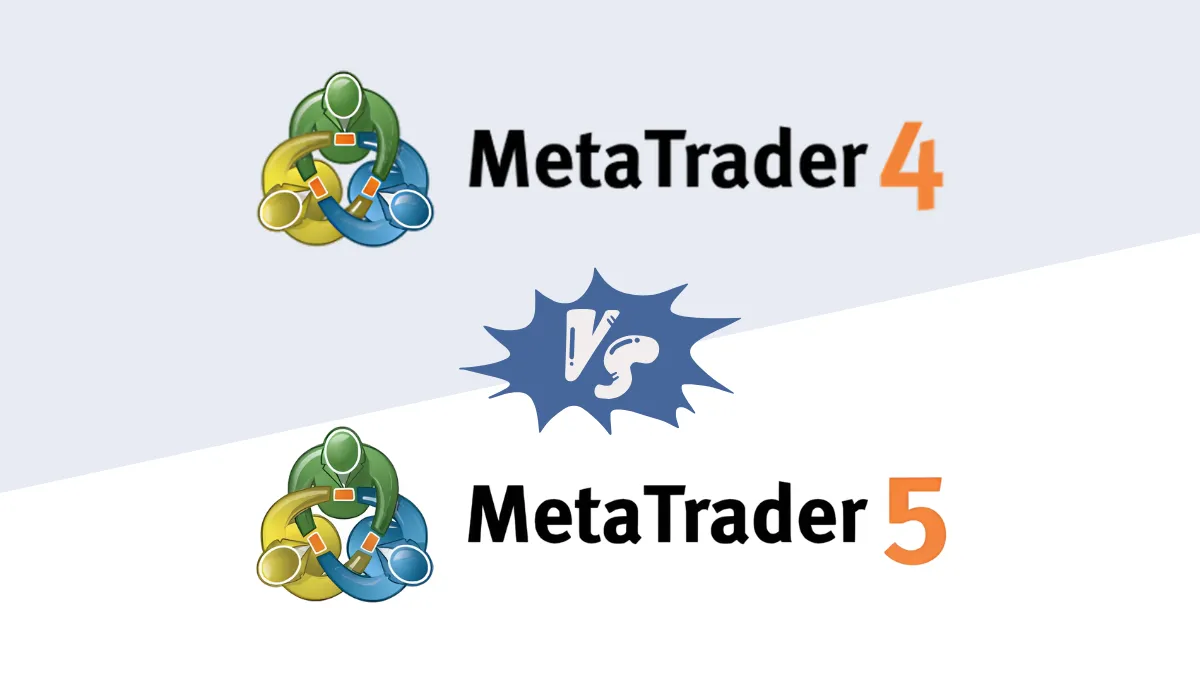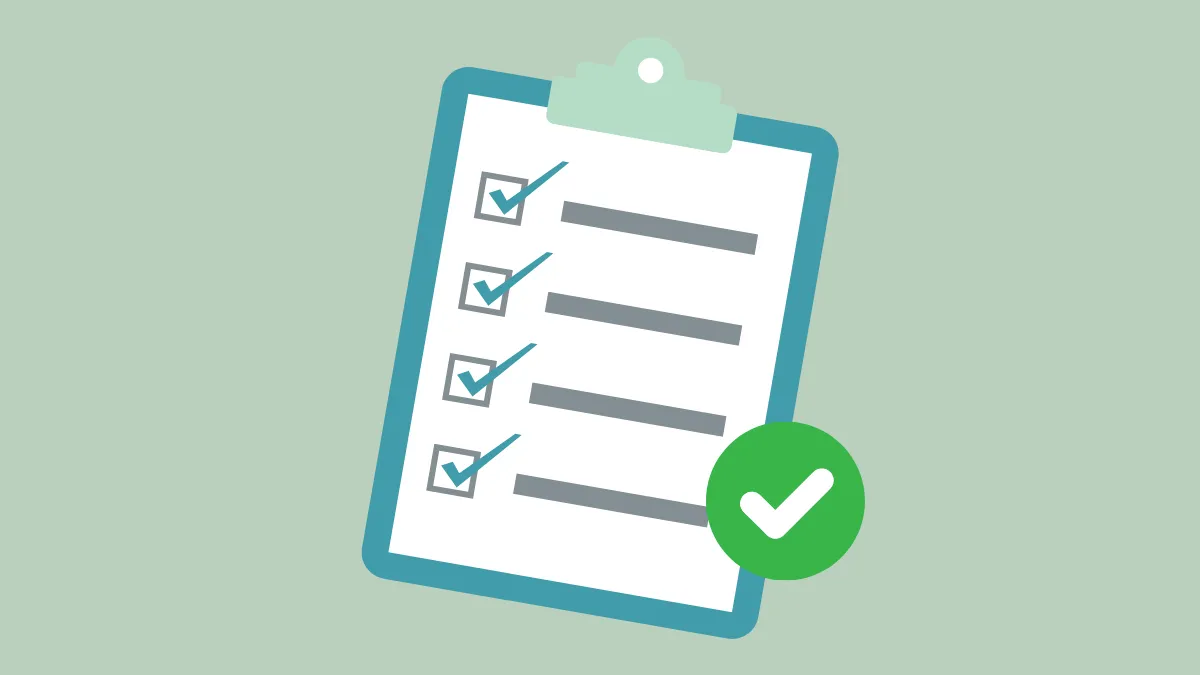Fluctuations in the Forex Market: Understanding the Opportunities and Risks of Volatility
IntroductionWhen you observe forex charts, you will find that prices are constantly moving up and down.
However, sometimes prices change very quickly and with large amplitude, like riding a roller coaster; other times, prices appear very calm with a small range of fluctuations.
This characteristic that describes the intensity or activeness of price changes is what we call "Volatility".
Volatility is the norm in the forex market; it is both the source of trading profits and an amplifier of risk.
For beginners, understanding what volatility is, when the market might be more active, and how to cope with different levels of volatility is a very important lesson in learning to trade.
This article will provide you with a simple and clear introduction to the concept of volatility, its causes, and its dual impact on trading.
1. What is Volatility? The Intensity of Price Changes
Simply put, "Volatility" is an indicator that measures how large and how fast the price of a currency pair moves within a certain period.- High Volatility: Refers to prices fluctuating rapidly and significantly up and down within a short time, with a wide range of rises and falls. The market appears very active, full of large swings.
- Low Volatility: Refers to slow price changes, mainly hovering within a relatively narrow range. The market appears calmer, with no clear direction.
You can imagine the weather: high volatility is like stormy weather with unpredictable changes and strong winds; low volatility is like a calm, sunny day with little change.
2. What Factors Cause Market Volatility?
Forex market volatility is mainly driven by the following factors:- Important Economic Data Releases: Key economic indicators announced by countries, such as central bank interest rate decisions, Consumer Price Index (CPI), Gross Domestic Product (GDP) reports, Non-Farm Payroll (NFP) data, etc., often trigger intense market reactions, causing prices to fluctuate sharply in an instant.
- Major News and Political Events: National election results, international trade tensions, geopolitical conflicts, unexpected speeches by central bank governors, and even sudden natural disasters can bring uncertainty to the market, thereby increasing volatility.
- Changes in Market Sentiment: When market participants generally feel fear (e.g., concerns about economic recession) or greed (e.g., chasing hot spots), this collective sentiment can also drive larger price fluctuations.
- Active Trading Sessions: During the opening hours of major financial markets (such as London and New York) or overlapping trading sessions, the number of market participants increases, trading volume expands, and volatility is usually relatively high.
3. Is Volatility Good or Bad? Opportunities and Risks Coexist
Many beginners ask: Is high market volatility good or bad?The answer is: It is both an opportunity and a risk.
Opportunity: Forex trading profits come from price changes. If prices do not move (zero volatility), there are no trading opportunities. The greater the volatility, the more pips the price can move in a short time, providing traders with faster and larger profit "possibilities".
Risk: This is the side beginners must be highly cautious about. Price fluctuations are two-way; intense volatility means prices can also move quickly and significantly in a direction unfavorable to you.
- In a high volatility market, your stop-loss orders are more likely to be triggered by sudden price moves.
- The risk of slippage (actual execution price worse than expected) increases when orders are filled.
- To cope with larger volatility, you may need to set wider stop-loss distances, which means that if your judgment is wrong, the loss per trade could be larger.
- Rapid price jumps can also more easily trigger emotional fluctuations in traders, leading to impulsive decisions.
The conclusion is: volatility itself is neutral; the key lies in how you manage the accompanying risks.
For inexperienced beginners, excessively high volatility often means higher risk.
4. How to Measure Volatility? (Conceptual Understanding)
Professional traders use some technical indicators to quantify and assess market volatility.You may have heard of indicators such as ATR (Average True Range) or Bollinger Bands.
These tools help traders roughly judge the current intensity of price fluctuations from charts.
But for beginners, it is not necessary to delve deeply into the complex calculations of these indicators initially.
You can first learn to perceive the market's possible volatility state by observing the length of K lines (candlesticks) on the chart (long K lines usually represent higher volatility, short K lines the opposite) and paying attention to important event forecasts on the economic calendar.
5. How Should Beginners Cope with Market Volatility?
Facing different levels of market volatility, beginners can adopt the following strategies to protect themselves:- Reduce trading lots when volatility intensifies: This is one of the most effective risk control methods. When you know the market may become very volatile due to news events, or you feel the market volatility is unusually intense, actively reduce your trading lots (position size) significantly. This way, even if the price experiences large adverse fluctuations, the absolute loss to your account funds can be controlled within a smaller range.
- Adjust stop-loss cautiously: High volatility may require wider stop-losses to avoid being easily stopped out, but this also amplifies potential losses. Beginners should be extremely cautious, prioritizing reducing lot size rather than easily widening stop-losses. If you feel unable to set a reasonable stop-loss, temporarily staying out of the market might be a better choice.
- Consider avoiding major news release times: For inexperienced beginners, it is usually wise to completely avoid the minutes or even longer periods before and after major economic data releases expected to trigger intense market reactions until the market has digested the information and volatility has somewhat subsided before seeking opportunities.
- Always adhere to risk management principles: Regardless of market volatility, always follow your preset single-trade risk limits (e.g., 1%-2% of the account) and be sure to set stop-loss orders.
- Practice first in low volatility environments: Accumulate trading experience and build confidence during relatively calm market periods with lower volatility, then gradually try to understand and cope with higher volatility market environments.
Conclusion
Volatility is an inherent characteristic of the forex market; it describes the activeness of price changes.It is driven by multiple factors such as economic data, news events, and market sentiment.
Volatility creates trading opportunities but also exponentially increases trading risks.
As a beginner, you need to understand and respect volatility.
The key is not to chase the excitement brought by high volatility but to learn how to manage risk within your capacity by adjusting trading lots, setting reasonable stop-losses, or even choosing to temporarily stay out of the market in different volatility environments.
Prioritizing learning and growing in lower volatility environments is an important step toward stable trading.
Hi, We are the Mr.Forex Research Team
Trading requires not just the right mindset, but also useful tools and insights.Here, we focus on Global Broker Reviews, Trading System Setup (MT4 / MT5, EA, VPS), and Forex Trading Basics.
We personally teach you to master the "Operating Manual" of financial markets, building a professional trading environment from scratch.
If you want to move from theory to practice:
- Help share this article to let more traders see the truth.
- Read more articles on Broker Tests and Forex Education.





